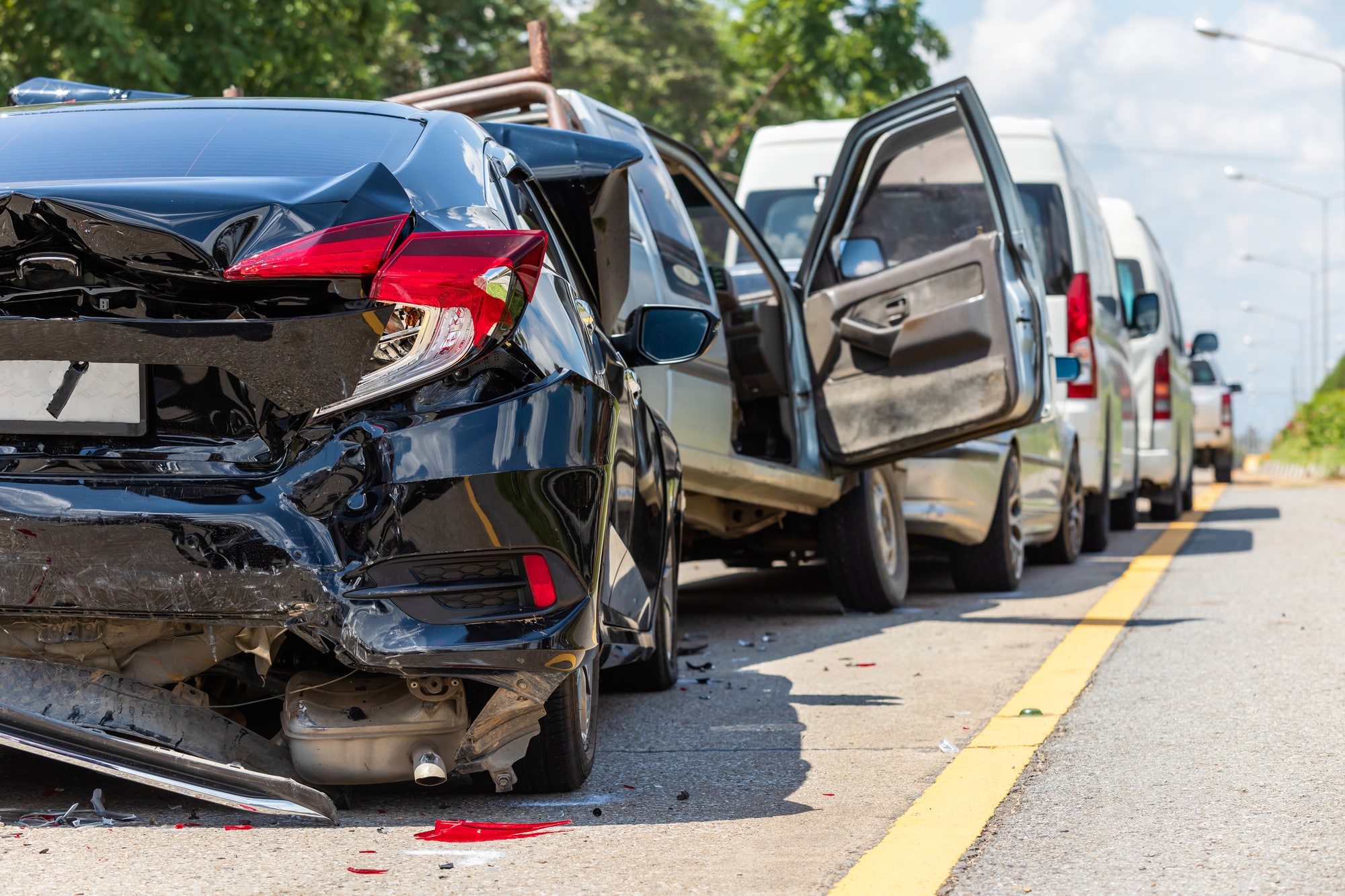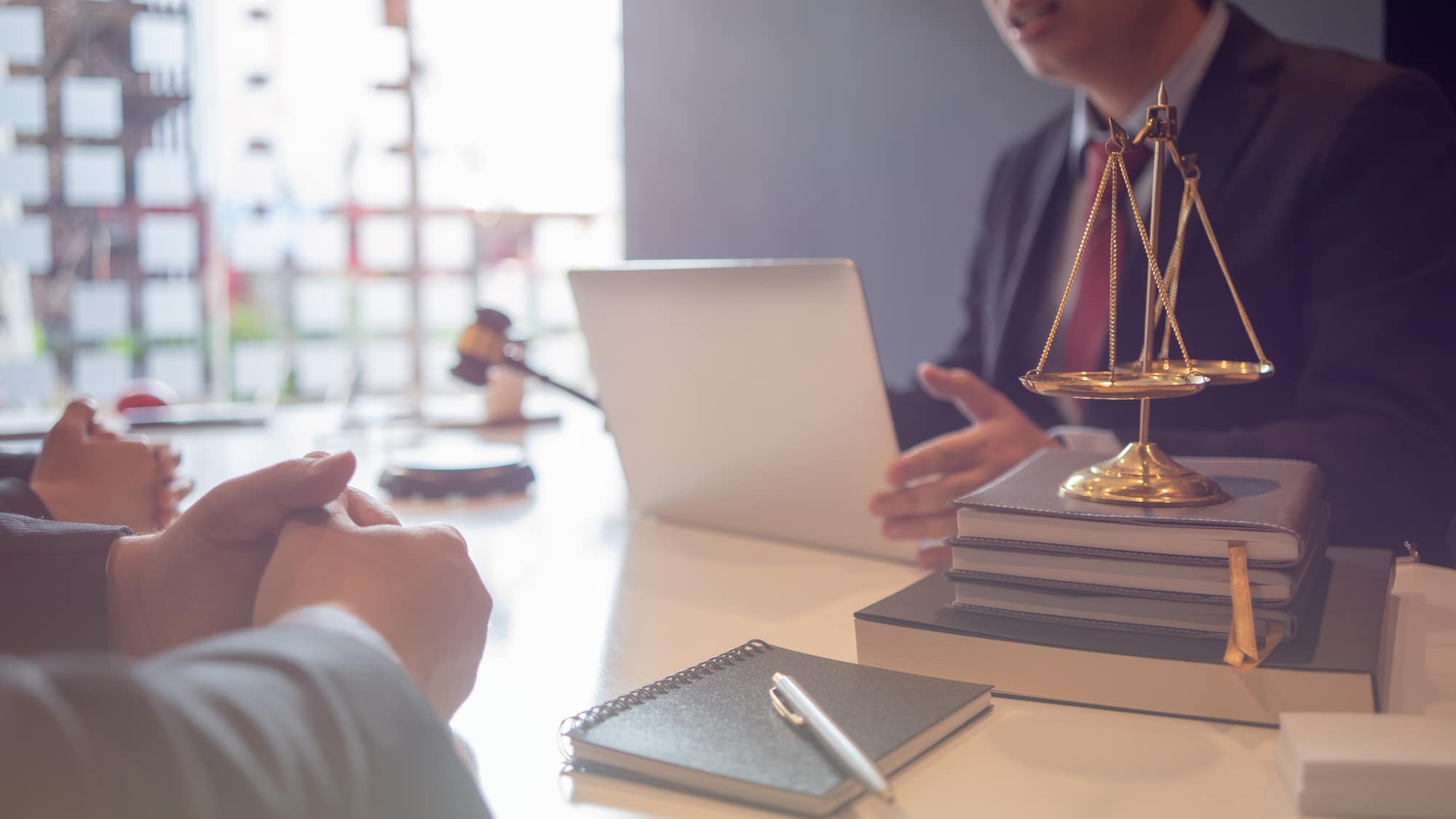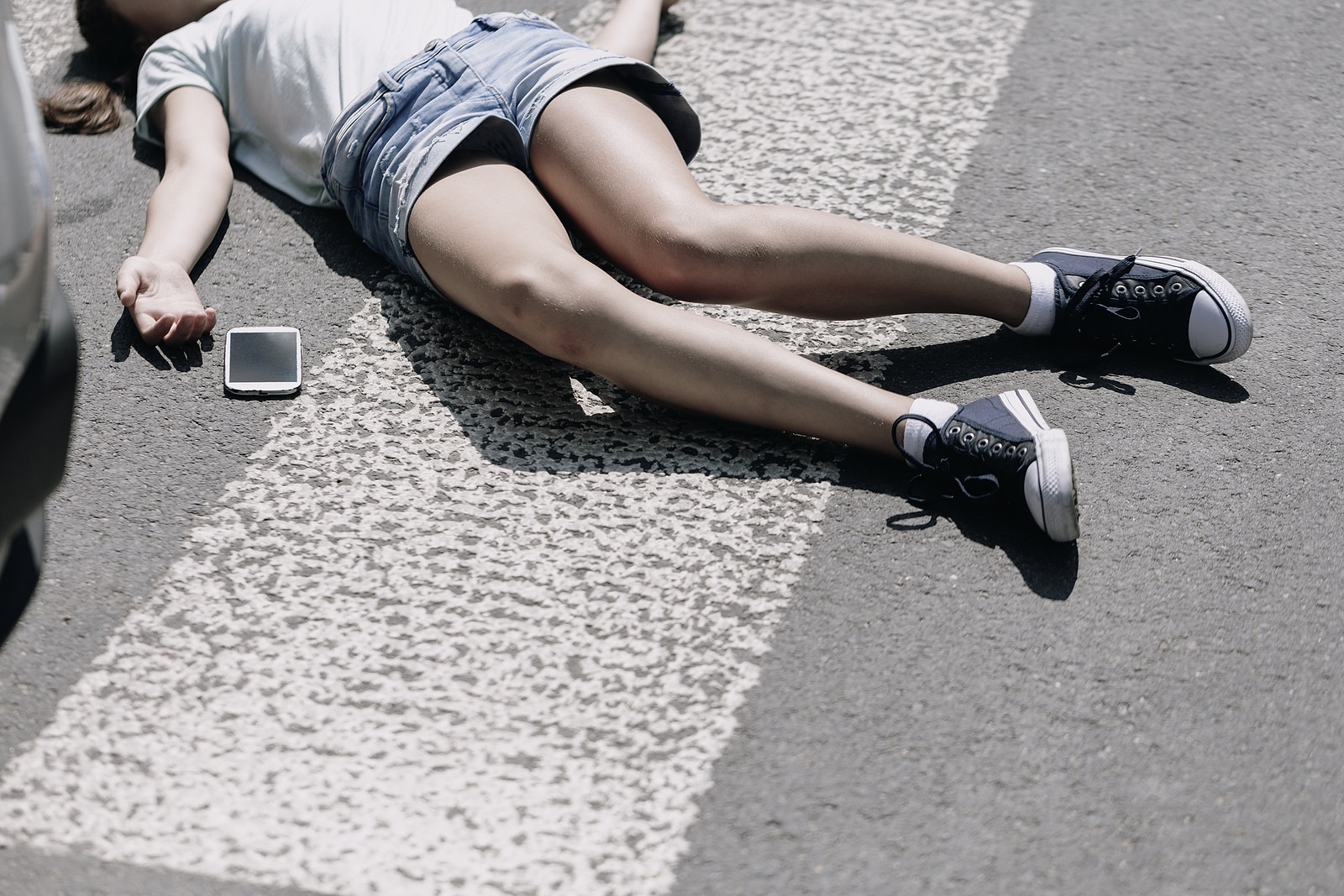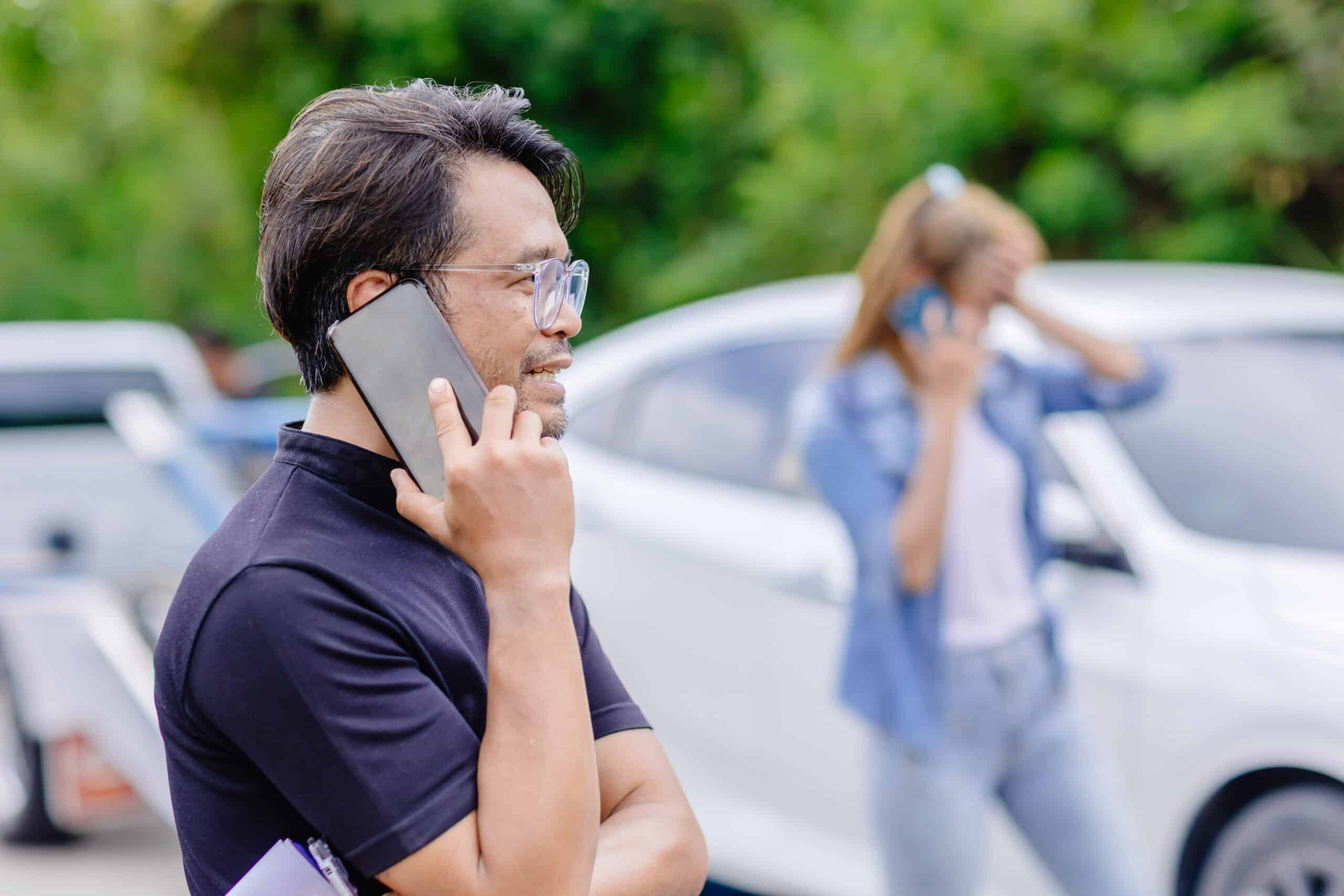8 Tools Used to Determine Fault in a Multi-Car Accident
If you are dealing with a catastrophic injury following a car accident, you may want to seek compensation for your losses. Tort law indicates that the person who caused the accident—or their insurance company—is typically responsible for the damages. However, in a multi-car pile-up, it can be difficult to understand who caused the accident.
In fact, in these cases, there may be more than one person at fault. Common driver-attributed crash reasons include drivers performing illegal maneuvers or otherwise ignoring traffic laws, driving recklessly, ignoring the conditions of the road, or driving while distracted. It’s very possible that in a crash that involves numerous vehicles, more than one driver was engaging in activities that might have been involved in causing the crash.
When you work with a personal injury attorney, they will investigate your case to help you understand what defendants might need to be included in any lawsuit. Legal teams use a variety of methods for proving fault, including those discussed below.
1. Police Reports
Police reports typically do not come out and assign blame for an accident. It is not law enforcement’s job to determine who is at fault in an accident within the context of civil lawsuits. However, these reports can provide a lot of information about the accident that can be used to make a case for fault.
Some common helpful information that might be included in police reports about car accidents include:
Sketches of the accident scene that show where various vehicles were and other details that may be important in a lawsuit
Statements from drivers and witnesses that help create a narrative of what happened in the accident
Whether or not certain drivers were cited, which could indicate driving behavior that was causal in the accident
2. Photos of the Scene
Photos of the accident scene before, during, and after the incident can help demonstrate what happened and who might be at fault. Traffic or security cameras, dashboard cameras, and cell phone cameras might all capture various images that can play a role in a personal injury lawsuit after a multi-car crash.
3. Videos of the Accident
Videos can be even more helpful than photographs in helping to show how another driver was at fault in an accident. Video can be captured by all the same devices that photos are. If you can find video of the accident happening, you don’t have to make guesses based on photos, creating a stronger narrative and case for fault.
4. Reports From Witnesses
Witness testimony is important in any case, but it’s especially critical when there are no photos or videos of the accident occurring. Without video evidence, you may find that a case begins to depend on who is building the strongest and most consistent argument about fault. Having other drivers and witnesses backing your account can help strengthen your case.
This is one reason why it’s important to gather contact information at an accident scene. However, if you are not able to do this, the police report often has a list of witnesses along with their names and contact information. Your attorney can use these types of documents to create a list of witnesses and subpoena those individuals for their testimony.
5. Cell Phone Records
Smartphone records can provide a lot of information about an accident. You might be able to demonstrate that someone was texting at the time the accident occurred, for example. If that person was a driver involved in a multi-car pile-up, the fact that they were distracted at the time of the accident could be a factor in causing the incident.
GPS records from cell phones can also help demonstrate where each car was before and during an accident, how fast it was moving, and how it moved after the accident. These can help teams reconstruct an accident to tell the story of what happened and who might have been at fault.
6. Records From Driving Apps
Some people have driving devices from their insurance company installed in their car or apps on their phones. These apps and devices record information about driving habits, including speeds. While this information is normally used to set insurance premiums, it might also help reconstruct what happened in an accident.
7. Physical Evidence
Tire marks on the pavement, the location and severity of damage to vehicles, and other physical evidence related to the accident can also be used by accident reconstructionists. These details can tell a lot about how fast cars were traveling, what direction cars were moving in, and how they came together in a collision. With enough details, conclusions can be drawn about who might have been at fault in the accident.
8. Past Behavior and Character
Past behavior is not really an indicator of fault. However, if there is some question about fault in an accident and the matter comes down to a jury believing one person’s version of events over another, attorneys may bring character and past driving record into the narrative.
For instance, in a case where the plaintiff claims the defendant was speeding and the defendant says they weren’t, it might be in the plaintiff’s best interest to point out that the defendant has had numerous speeding tickets in recent years.
A personal injury lawyer can help you understand what options you have for seeking compensation after a multi-car crash—and how to prove that someone else was at fault. Contact the Sigal Law Firm if you are dealing with injuries and losses after a car accident. Call us at 248-671-6794.















